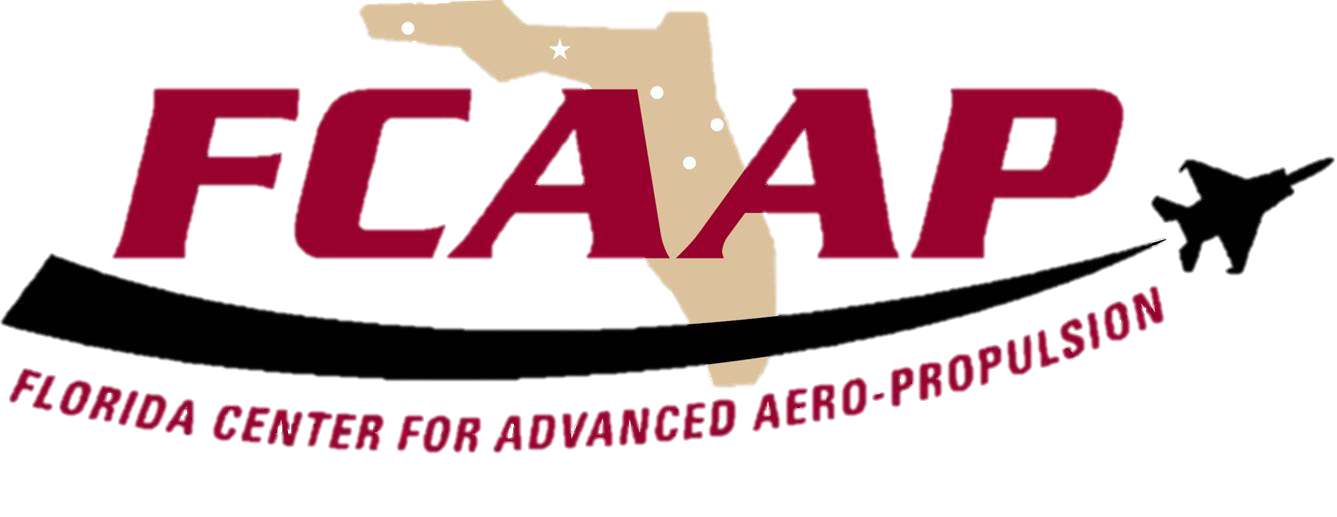
AAPL
Advanced Aero Propulsion Laboratory
Imagination is more important than knowledge. For knowledge is limited to all we now know and understand, while imagination embraces the entire world, and all there ever will be to know and understand.
—Albert Einstein |
| Optimal disturbances in turbulent boundary layers |
Past research has been focused on characterizing high-speed free and impinging jets. This included the application of active flow control, using steady micro jet injection for noise suppression, as well as the investigation and visualization of resonant modes in supersonic impinging jets using pressure sensitive paints.
Current research is focused on the transient energy growth of three-dimensional disturbances in non-parallel flows, both for fundamental knowledge and potential flow control applications. Studies suggest that the linear mechanism behind the transient growth of asymptotically stable flows may be related to the structures observed in wall-bounded turbulence. Aside from fundamental understanding, this process may yield insight into the optimal design for passive and active flow control devices. In the present study, the zero- pressure gradient (non-parallel) turbulent boundary serves as a canonical test bed by which the numeric results are compared to both the naturally occurring coherent, energetic structures and artificially forced disturbances. Favorable agreement is found between the computed optimal disturbances, both in terms of spanwise and wall normal scales. Future plans are to apply optimal disturbance theory towards nozzle modification for noise reduction in high-speed jets. . |
|
Research Results |
 |
 |
|
Top: Impinging jet resonant modes for symmetric (left) and helical (right) modes of Mach 1.5 jet. Bottom: Corresponding mode shapes computed from Linear Stability Theory |
Top: Surface representing optimal energy amplification (Gmax) in a turbulent boundary layer as a function of spanwise wavelength (ΒΔ) and spatial position xout+. Bottom: (a) Optimal disturbances corresponding to outer large-scale structures and (b) those corresponding to the small, inner layer structures. |
|
Publications |
|
|